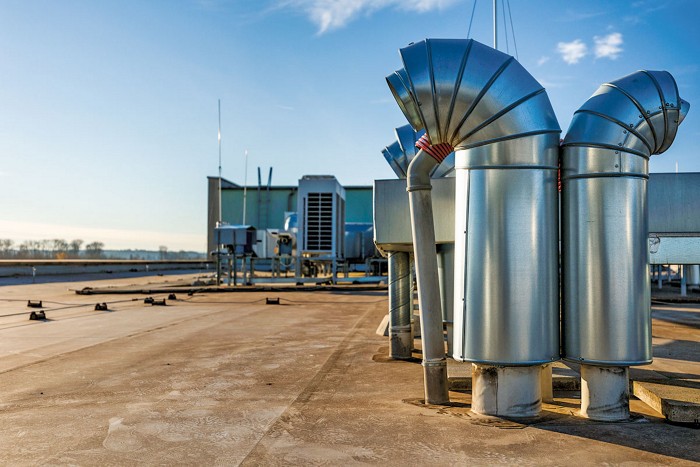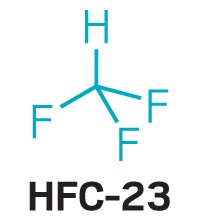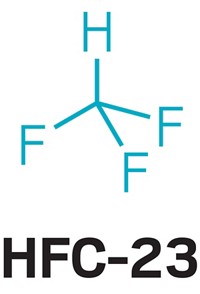Advertisement
Grab your lab coat. Let's get started
Welcome!
Welcome!
Create an account below to get 6 C&EN articles per month, receive newsletters and more - all free.
It seems this is your first time logging in online. Please enter the following information to continue.
As an ACS member you automatically get access to this site. All we need is few more details to create your reading experience.
Not you? Sign in with a different account.
Not you? Sign in with a different account.
ERROR 1
ERROR 1
ERROR 2
ERROR 2
ERROR 2
ERROR 2
ERROR 2
Password and Confirm password must match.
If you have an ACS member number, please enter it here so we can link this account to your membership. (optional)
ERROR 2
ACS values your privacy. By submitting your information, you are gaining access to C&EN and subscribing to our weekly newsletter. We use the information you provide to make your reading experience better, and we will never sell your data to third party members.
Greenhouse Gases
EPA cracks down on illegal HFC activity
The agency hands out fines and warnings to companies sneaking around rules on the potent pollutants
by Leigh Krietsch Boerner
February 1, 2024
| A version of this story appeared in
Volume 102, Issue 4

The US Environmental Protection Agency is coming down on companies that illegally import hydrofluorocarbons (HFCs).
The agency announced recently that it was slapping the geothermal power company Open Mountain Energy with a $41,566 fine for trying to import nearly 20 metric tons (t) of unnamed HFCs. “If released into the atmosphere, these HFCs are the equivalent of 20,600 t of CO2, or the same amount of CO2 produced from powering 4,008 homes with electricity produced from coal for a year,” an EPA statement says.
In December, the agency penalized Sigma Air, a heating, ventilation, and air-conditioning company, for trying to bring about 1.7 t of a refrigerant blend called R-410A into the US. The EPA didn’t fine Sigma but instead put it on a “watch list” for repeat offenders.
Most companies make or use HFCs for refrigeration and air-conditioning, but some use them to in foams and propellants or as solvents and fire protecting agents. The EPA is urging industries to switch to alternative refrigerants such as hydrofluoroolefins or nonrefrigerant-based cooling technologies, such as evaporative cooling.
In October, the agency announced two new actions on HFCs: a final rule with timelines to reduce their manufacture and use, and a proposed rule to regulate emissions and support the reuse of existing HFCs. These moves stem from a goal included in the American Innovation and Manufacturing (AIM) Act of 2020 to cut use of HFCs by 40% by 2024 and 85% by 2036.
The high warming potential of HFCs makes them powerful greenhouse gases. Compared to CO2 HFC emissions are a tiny fraction, but they account for fully 2% of total greenhouse gases on a CO2 basis. In 2022, the US joined the Kigali Amendment, an addendum to the Montreal Protocol aimed at reducing the production and use of HFCs.
Under the AIM Act, the EPA grants companies an annual allowance for HFC use, manufacture, or importation. Firms are required to report amounts to the EPA and can ask for increases under certain circumstances.





Join the conversation
Contact the reporter
Submit a Letter to the Editor for publication
Engage with us on Twitter